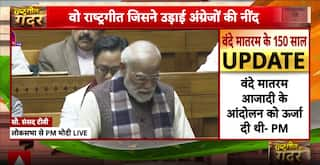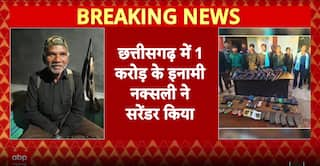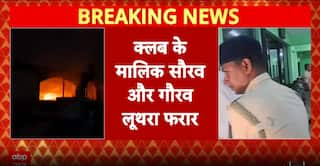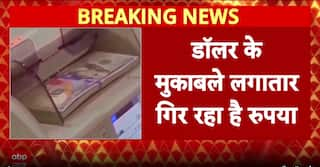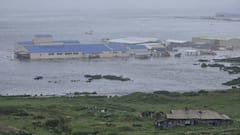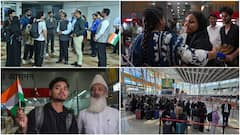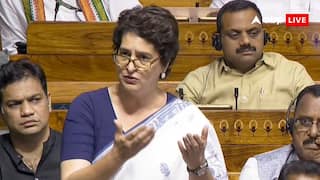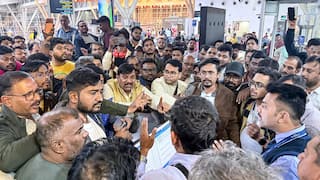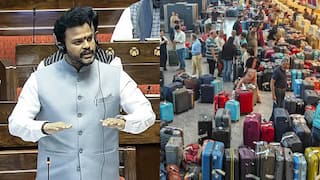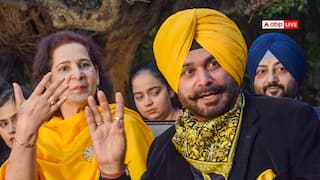Native Americans fret as report card released on 2020 census
Flagstaff (US), Mar 9 (AP): Plans for the 2020 census were set well in advance to ensure Native Americans living on reservations were counted more accurately than during the 2010 census, when almost 5% of the population was misse.

Flagstaff (US), Mar 9 (AP): Plans for the 2020 census were set well in advance to ensure Native Americans living on reservations were counted more accurately than during the 2010 census, when almost 5% of the population was missed.
COVID-19, politics and an ever-changing deadline that cut the decennial count short weren't in those plans.
Instead of canvassing neighborhoods and setting up at huge events like the Gathering of Nations in New Mexico, advocates turned to phone banking, dropped off promotional material at entrances to tribal lands that were closed to visitors and tried to entice people to fill out the census with sacks of flour and potatoes at roadside stands.
Despite a well-financed campaign, Native Americans expect those living on about 300 reservations across the U.S. to be undercounted again. They'll find out Thursday just how good a job the Census Bureau believes it did in counting every U.S. resident during the 2020 census when the statistical agency releases two reports assessing the national count based on race, Hispanic origin, sex and age.
“At the end of the day when you have your whole religious calendar that has been discontinued, when you are looking at How do I support this huge health risk in my community,' it really wasn't at the forefront of everyone's minds," said Ahtza Chavez, executive director of NAVA Education Project, which led the New Mexico Native Census Coalition.
The 2020 census figures showed there are now 9.7 million people who are American Indian and Alaska Native either alone or in combination with another race — a significant increase from the 5.2 million in 2010.
The numbers don't line up with tribes' own enrollment figures, in part because the census allows people to self-identify. Tribes have stricter criteria for enrollment that can include calculating one's percentage of ancestry or tracing lineage to a list of names.
Still, evidence that people were missed can be startlingly obvious. For example, census data showed the Havasupai Tribe in northern Arizona had no one who self-responded to the census.
The tribe's chairman, Thomas Siyuja Sr., said that's impossible because he knows people who filled out the census online and by mail and encouraged others to do the same. He said some tribal members might have been reluctant to open the doors for a census taker who went door to door in Supai Village, deep in a gorge off the Grand Canyon.
“It is uncertain how our census count is zero because obviously we as a tribe do exist, and we do have tribal members and other residents who live in Supai,” Siyuja said Tuesday.
Up until the 20th century, Native Americans weren't regularly counted in the once-a-decade census. They first were counted on reservations and in the general population in 1900, decades before the U.S. considered them citizens.
More recent changes allow Native Americans, Alaska Natives and other Indigenous peoples to write in their ties to specific tribes or communities.
The numbers matter because they are used to distribute $1.5 trillion in federal funding each year and to determine congressional representation. Montana gained a congressional seat after the latest census, but Arizona fell short of the numbers needed to add one.
The tribal self-response rate among Arizona tribes, not including the Navajo Nation, was less than 27%. Tribes in Montana and the Dakotas didn't fare much better. Washington state had the highest self-response rate for tribes at around 60%.
Even before Thursday's results are released, tribal leaders worried the coronavirus pandemic would contribute to an undercount. Tribes across the country shut down their reservations, making follow-up interviews with unresponsive households almost impossible for door-knocking census takers and forcing advocates to get creative.
In New Mexico, tribal advocates campaigned on social media, the radio and through videos produced in eight Indigenous languages. They passed out coloring books with census messaging, deployed Wi-Fi hot spots to help communities struggling with internet access and printed flyers to let people know head start centers, health care and housing are funded through census data, Chavez said.
“We went above and beyond, like miracle workers,” she said.
The Klamath Tribes, based in Chiloquin, Oregon, did raffles and drive-thru dinner events to help people fill out the census and drew attention in a video to inaccurate figures for tribal housing in the 2010 census. Tribal Councilwoman Willa Powless said the data showed 38 homes on the tribe's land, but the tribe had more than 80.
“That really motivated people to want to participate," she said. "It was a shock for tribal members to see how severely undercounted we were.” During the last census in 2010, there was a 4.8% net undercount of Native American and Alaskan Natives living on reservations, the highest of any race. Black people were undercounted by more than 2%, Hispanics were undercounted by 1.5%, and Asians were undercounted by 0.08%. Non-Hispanic whites were overcounted by 0.8%.
Chavez thinks the undercount will be higher for Native Americans this time around. While a handful of pueblos saw high self-response rates because of previous investments in broadband, others didn't, she said.
Many tribal lands were still closed when census field operations ended in mid-October 2020. By then plans had already gotten complicated.
The Census Bureau initially planned for up to 1,000 census takers to spread out across the Navajo Nation — the largest Native American reservation in the U.S., spanning 27,000 square miles (69,000 square kilometers) in Utah, New Mexico and Arizona. It ended up with less than 300 at the peak, said James Tucker, an attorney with the Lawyer's Committee for Civil Rights who chairs a Census Bureau advisory committee.
North Dakota state Rep. Marvin Nelson, whose district includes the Turtle Mountain Band of Chippewa reservation, is worried about a severe undercount in his district since census operations were interrupted by the pandemic. He said his county was pegged at having 12,000 residents in the 2020 census, while federal numbers put the tribal population alone at 17,500 people.
“The way the census was conducted was really problematic,” Nelson said last week. “Almost no one got a census mailing, and then due to COVID, there was no home-to-home” door-knocking by census takers. (AP) AMS AMS
(This story is published as part of the auto-generated syndicate wire feed. No editing has been done in the headline or the body by ABP Live.)










